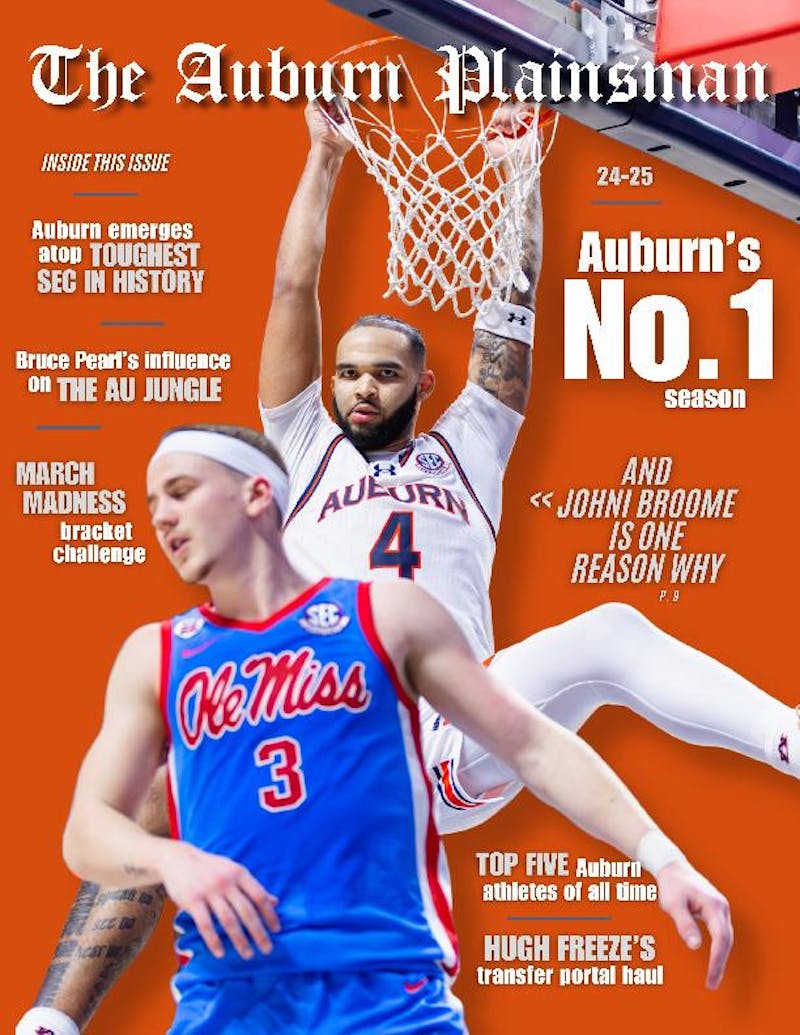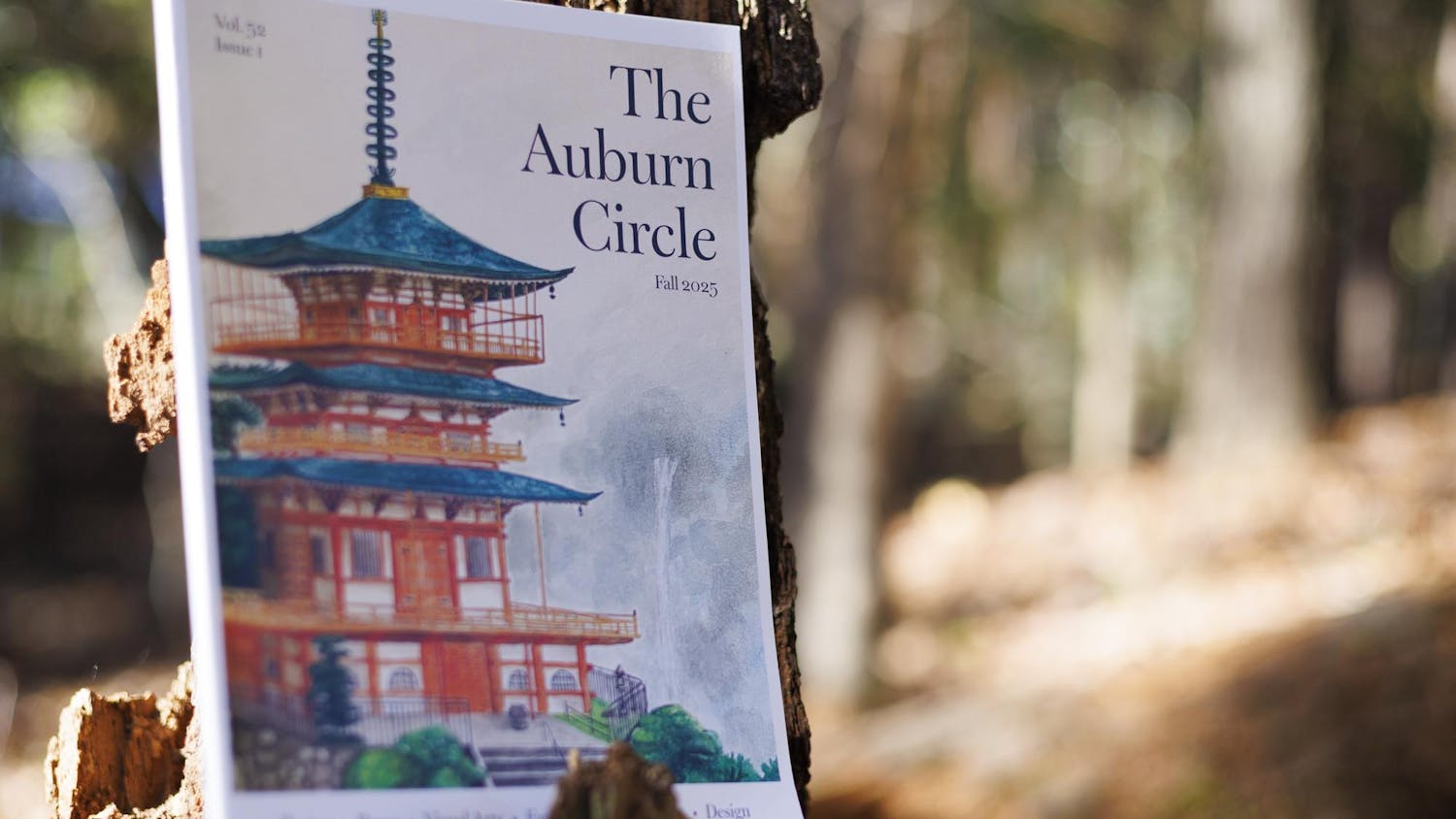"Seduction and reproduction in freshwater mussels, Unionoida," was the title of Chris Barnhart's presentation to fisheries students Friday, Sept. 4.
Barnhart is a professor of biology at Missouri State.
The presentation was part of a seminar class for fisheries students, and the room was overflowing. A video and sound set up was in the adjoining room so more students could attend the seminar.
Barnhart's research interests include unionoid mussels, amphipods and amphibian eggs, but he focused on unionoid mussels while speaking at Auburn.
A unionoid is a type of mussel that is most populous in South America. In the United States, there are about 80 species. These are most prolific in the old river system of the southeast.
Much of Barnhart's research focuses on the endangered status of unionoid mussels.
In the U.S., 70 species of native mussels are classified as federally threatened or endangered.
"These mollusks are probably the most endangered group of organisms in North America," Barnhart said. "Many freshwater animals are in trouble, but mussels are attracting particular attention from biologists and conservation agencies because they are so sensitive to so many of the problems affecting streams."
The University of Alabama cites Barnhart as a source on their site, "The Mussel Project."
The site explains the reproduction of unionoida mussels is different from most bivalves, a species of which unionoida mussels are members. Basically, the female houses fertilized eggs in cysts in her gills, and "after a suitable natal period...those juveniles kick free of the cyst with their foot."
The economic impact of unionoid mussels is vital to the pearl industry. From 1884 to 1948, the lining was harvested for pearl button manufacturing. But from 1952 to the present, unionoids are used for the cultured pearl industry. A substance is inserted behind the lining of the shell, and pearls form as tiny beads. In 2006, 1,400 tons of shells were used for this purpose in Tennessee, generating $2.4 million in revenue for the state.
Unionoids may also be eaten. In American, they have traditionally been used as a food source by Native Americans.
A large portion of Barnhart's presentation focused on the parasitic characteristics of unionoid mussels.
"The larva of mussels are briefly parasitic on fish, and much of our research is directed at understanding the fish host relationships of endangered species," Barnhart said.
Unoinoida mussels have developed parasitic characteristics to keep from being swept downstream of rivers. The mussels can attach themselves to a fish and be pulled against the river's current to an upstream location.
"The parasitic life cycle of the Unionoida has had an affect upon their evolutionary history. Some freshwater mussels species have modified...the edges of their mantle lobes to serve as fish-host attracting lures," according to "The Mussel Project" site.
Do you like this story? The Plainsman doesn't accept money from tuition or student fees, and we don't charge a subscription fee. But you can donate to support The Plainsman.




